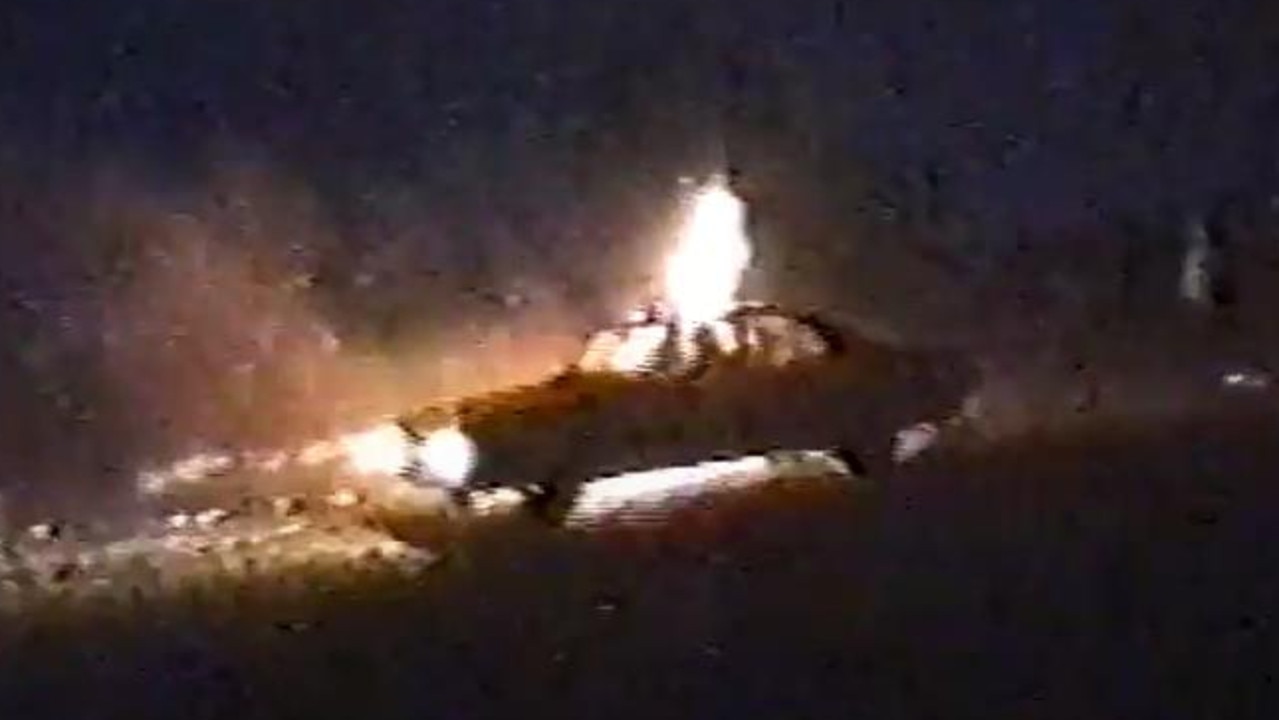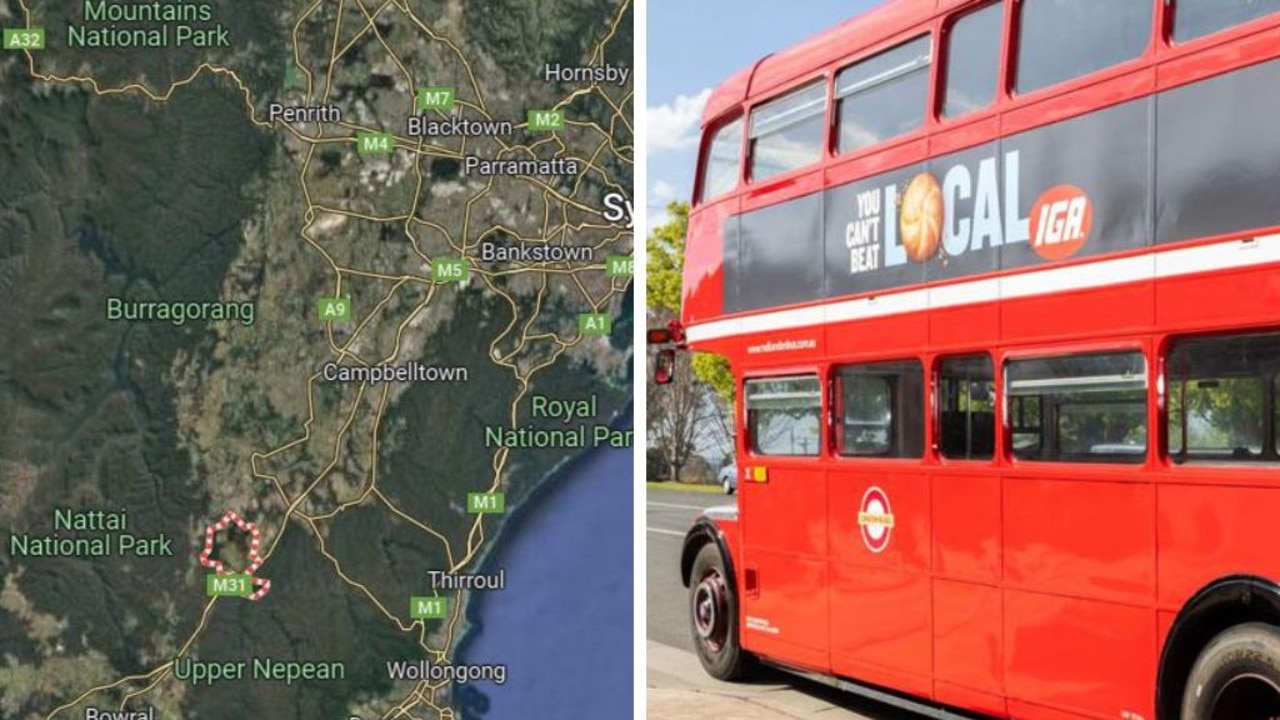Dig reveals convict past
FOR the first time since 1998, the archaeological Cumberland Dig Site in Sydney's historic district of The Rocks has opened to the public, writes Diana Plater.

IT'S amazing what you can find out about somebody by looking down their well.
Former convict and butcher George Cribb leased a site for his house and slaughter yard from 1809 in what became known as Cribbs Lane in The Rocks, Sydney.
He'd been sentenced to 14 years imprisonment in Australia for being in possession of forged bank notes.
But in those days anybody who had a trade was given a considerable amount of freedom in the colony and many – including women – became successful entrepreneurs.
Cribb was instrumental in setting up the colony's first abattoir at Dawes Point.
But not only was he a butcher, but also a bigamist.
He married Fanny Barnett, a fellow convict, despite already being married. When he heard his wife Martha was coming out from England he paid Fanny 300 pounds (worth around $150,000 today) to go home.
Dr Wayne Johnson, archaeologist and curator of The Rocks Discovery Museum, says Cribb was wealthy and was picked up for smuggling alcohol, but no evidence was ever found against him.
In 1818 Martha died and Cribb married the widow Sophia Lett, a publican and widow with five children, and they later ran a pub together.
Around that time they threw many of their possessions down their well, which possibly was no longer usable having been infected with blue green algae.
Chinese porcelain bowls painted in silver with flower designs, and English dinner plates and side plates, were apparently complete when they were discarded.
Dr Johnson says this may signify a new start with Sophia telling George to get rid of the dinner sets (two of everything) of his former wives.
A still was also found by archaeologists during a dig of the site in 1994. At a time when rum and other spirits were considered a de facto currency, such an illegal still could have been considered a sort of money making machine.
Cribb's filleting knife was also found in the well, so sharp that you could still cut meat with it.
These artefacts found on what's become known as the Cumberland Dig Site can be seen in The Rocks Discovery Museum.
The dig site is actually the highest hill in The Rocks and Dr Johnson says the convicts first built houses along the ridges and then along laneways that pre-dated the streets.
These days the site of Cribb's house and others like it looks like a vacant, abandoned piece of land covered in rubble with several large holes and criss-crossed by old laneways.
But to archaeologists and historians it's a gold mine. And by researching the land titles and other records in government archives, they can build up a picture of the former residents' lives.
He says such finds give rare insights and challenge traditional beliefs about bedraggled convicts in chains. Many in fact managed to reinvent themselves in a very short time.
More than 750,000 items and 30 buildings have been excavated at the dig site, between Cumberland and Gloucester Streets, by the Sydney Harbour Foreshore Authority.
Children's toys, decorative jewellery and Chinese ceramics, which had fallen – or been swept – between the floor boards of the original buildings, are among the finds.
There were also large shells from Sydney mud oysters, at the time used for lime for building. The oysters were as big as side plates. Cockle Bay was named after them, but they were eaten out of existence by the 1840s.
An engineering shed was built on the site in 1917 and pulled down in the 1930s. The government had bought up The Rocks in the 1900s with the intention of demolishing the area. It planned to build workers houses, but World War I put a stop to that.
As Dr Johnson says, "the site by pure accident wasn't developed".
Before this dig was started, the authority had excavated the construction site for the nearby Shangri-La Hotel and discovered a midden site where the local Cadigal Aboriginal people had feasted on seafood.
Last year, plans were announced to transform the dig site into a tourism hub that will include a world-class archaeological centre and a 350-bed youth hostel (incorporating the archaeological remains into the new development).
The YHA proposal was selected from a range of conservation and archaeological submissions because it capitalised on the character of the site. It will still leave the laneways known as Maori Lane (for the Maori whalers who lived there) and Caraher's Lane, open to the public. Construction is expected to start later this year.
For the first time since 1998 the dig will be open to the public on Sunday March 11.
Other stories from the site include that of George Legg and Anne Armsden (their home was known as the arm and leg house).
In 1805 George went fishing and disappeared. A shark was found with his hand inside it and a month later Cadigal people visited Anne to tell her the rest of the body had been found.
"There were a butcher, a baker and a candlestick maker living on this site," Dr Johnson says.
George's wife Sophia eventually rang off with his nephew, a convict servant. They were found together and the nephew was tried and sent to Port Macquarie. In court transcripts, Sophia was described as a "handsome woman". She died in the late 1820s.
He says many people can trace their ancestry back to this site and to The Rocks in general, which could be perceived to be the birthplace of modern Australia. And there's still around a dozen residents whose families have lived in The Rocks since the first settlement.
"There's a feeling of belonging to this place," he says. "This place (the dig) symbolises that continuity."
He says at a time when The Rocks was seen as a slum, people actually kept their front parlours beautifully and had wanted to be seen as gentile.
The convict families who were given title to their houses in the 1820s and 30s often moved somewhere else and rented their houses out, some of whom in turn became slum landlords themselves.
Then came the Green Bans in the 60s which stopped the redevelopment of the area, but that's another story.



